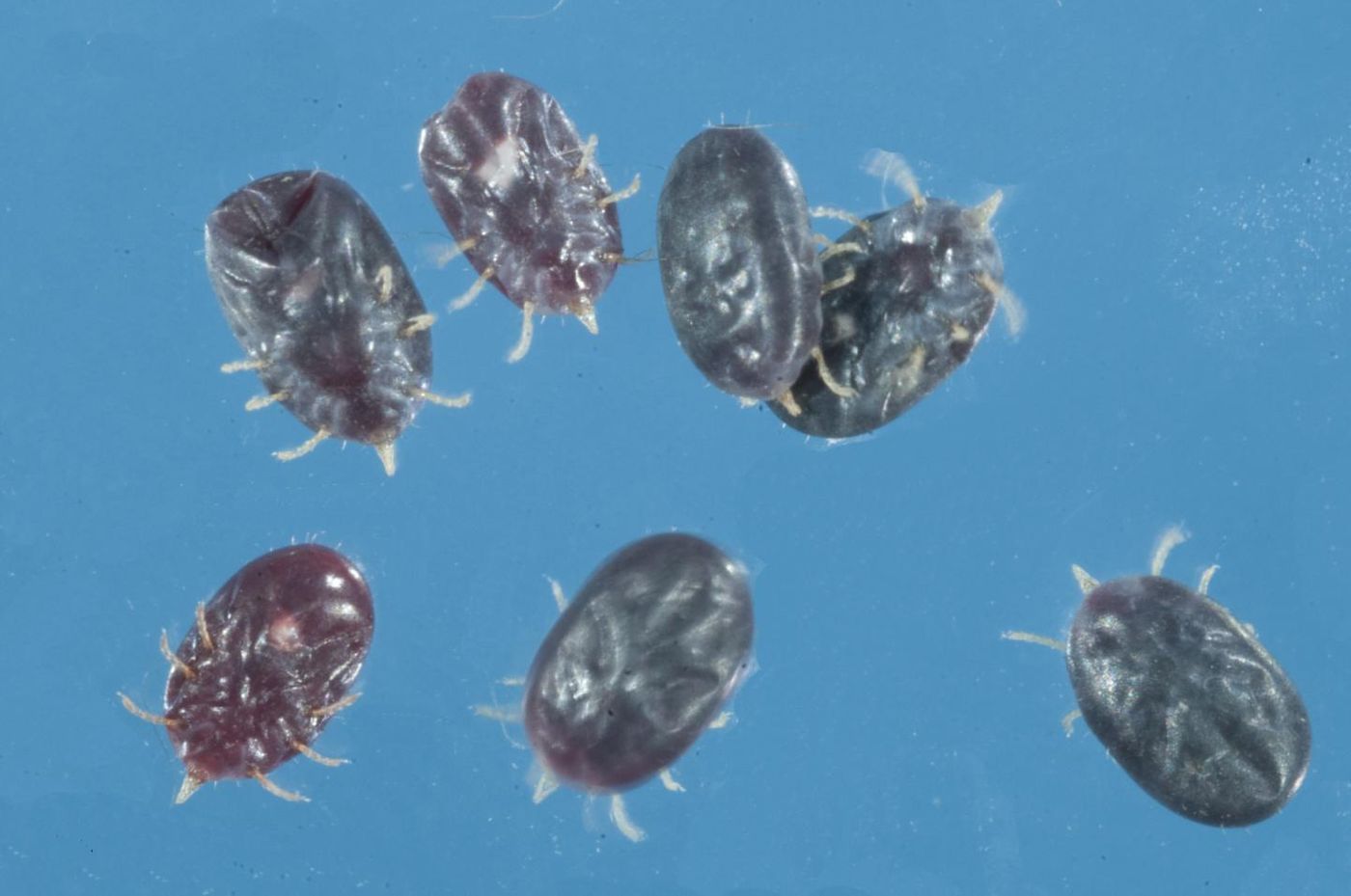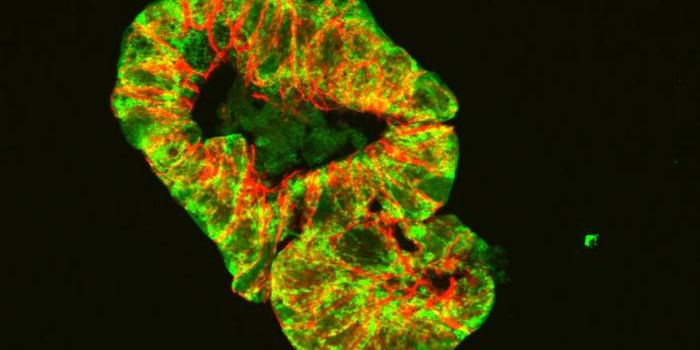Bat Ticks Are Discovered in New Jersey
While only about 25 of 900 species of tick spread disease, ticks are responsible for an estimated 95 percent of vector-borne diseases in the US. They cause at least fifteen illnesses, with Lyme disease and Rocky Mountain Spotted Fever being some of the more well-known diseases that ticks can transmit to people. Researchers have warned that climate change may bring ticks into new environments.
Scientists have now identified a bat-associated tick in New Jersey that can pose a risk to human and animal health. This tick is called Carios kelleyi and is known as a ‘soft’ tick unlike those that are associated with deer (and carry Lyme disease) which are ‘hard’ ticks. The findings have been reported in the Journal of Medical Entomology.
"This tick belongs to the family Argasidae, known as 'soft’ ticks because their body looks leathery and soft," said senior author Dina M. Fonseca, a professor and director of the Center for Vector Biology in the Department of Entomology in the School of Environmental and Biological Sciences.
"All ticks feed on blood and may transmit pathogens during feeding," explained the lead study author James L. Occi, a doctoral student in the Rutgers Center for Vector Biology at Rutgers University-New Brunswick. "We need to be aware that if you remove bats from your belfry, attic or elsewhere indoors, ticks that fed on those bats may stay behind and come looking for a new source of blood. There are records of C. kelleyi biting humans."
These soft ticks are known to live in 29 of the 48 states in the continental US. After monitoring big brown bat larva, they were shown to be present in New Jersey too. Pathogenic microbes have been found in C. kelleyi that have been collected in other states. There are also some reports that soft ticks have bitten people. The (big brown) bat that they live with tends to reside in attics and barns, so these ticks have an easy way to get close to people.
We still don’t know how much of a threat these ticks might pose to people. But researchers want to be vigilant.
“Finding them on New Jersey bats was an unusual event that prompted bat specialists to contact us. Maybe these ticks are becoming more common," said Fonseca,.
"The next steps are to collect more soft tick specimens and test them for disease-causing microbes," Occi said.
Sources: AAAS/Eurekalert! via Rutgers University, Journal of Medical Entomology









